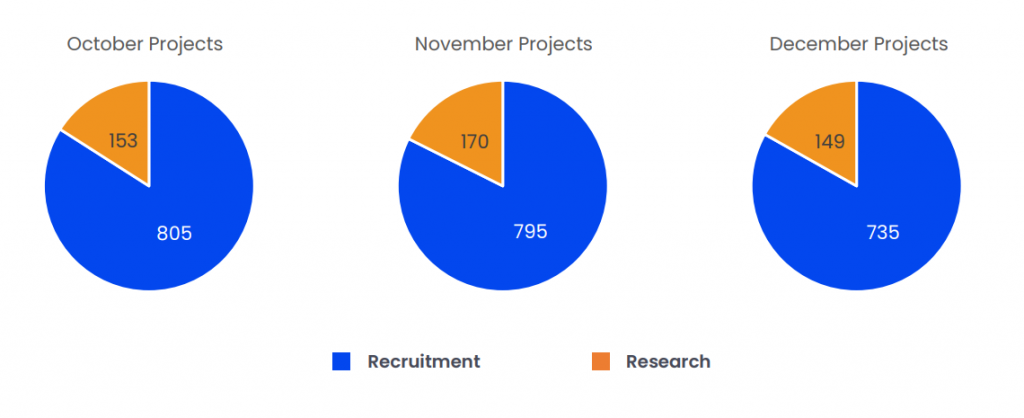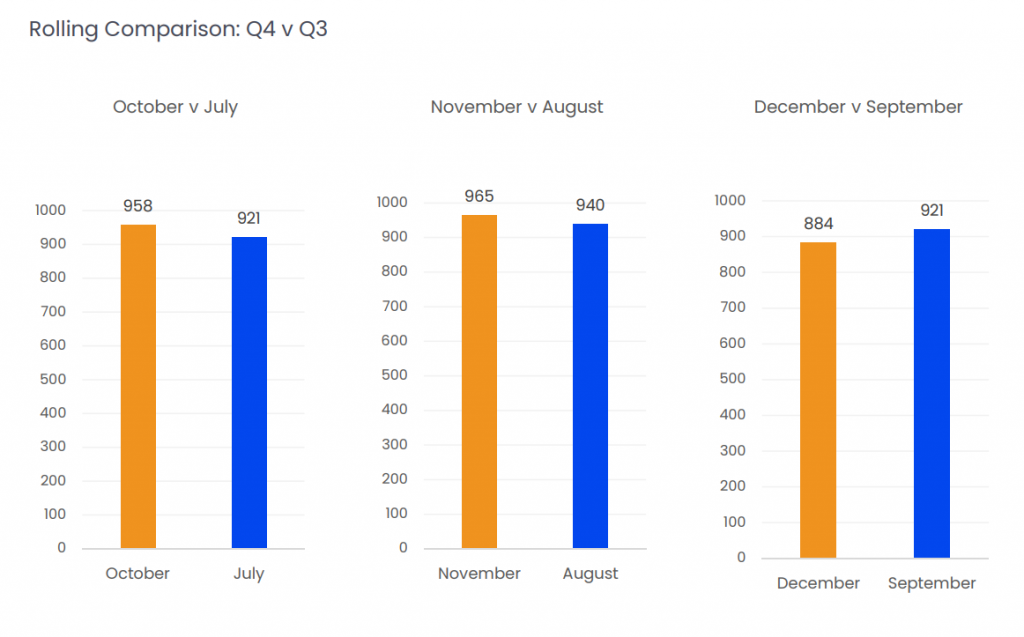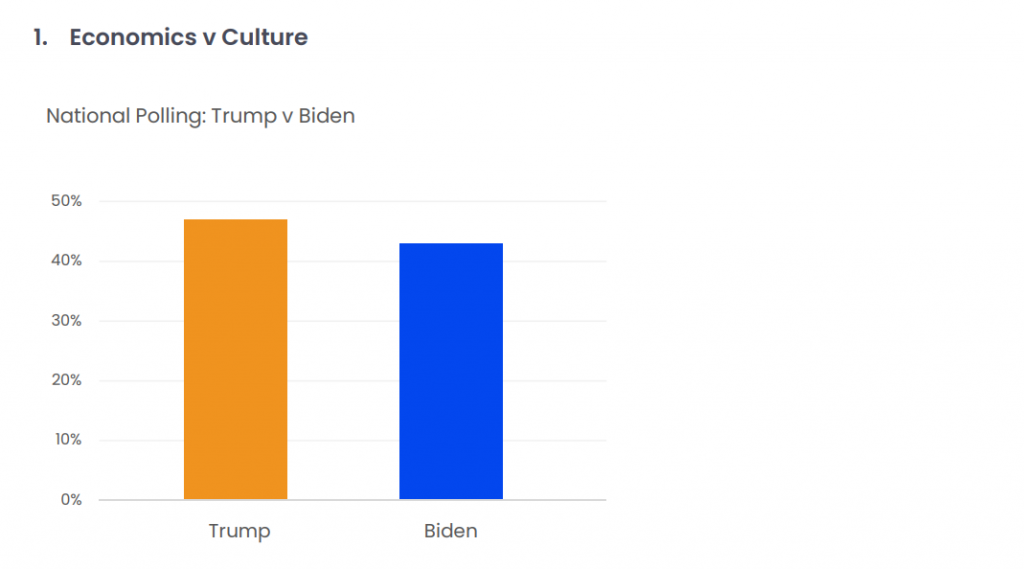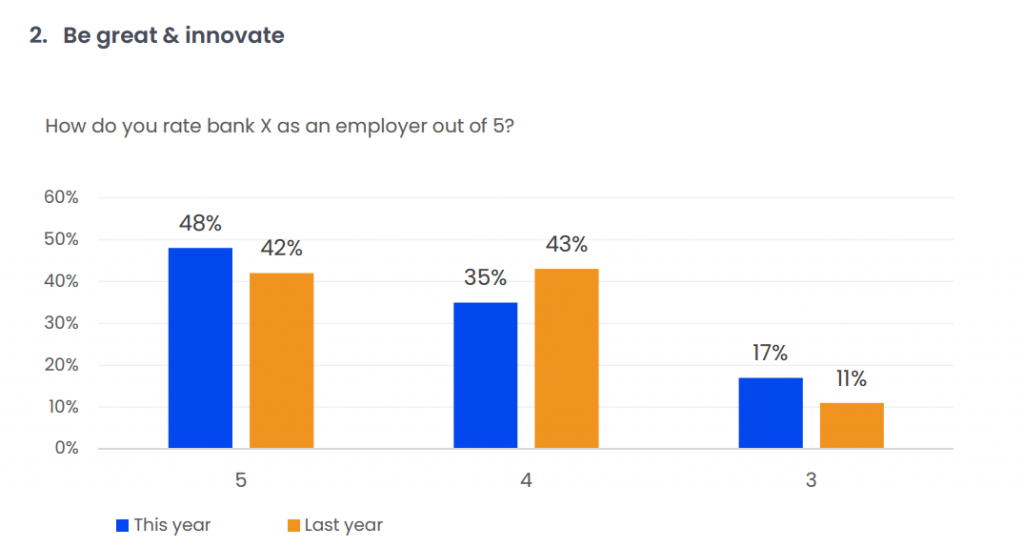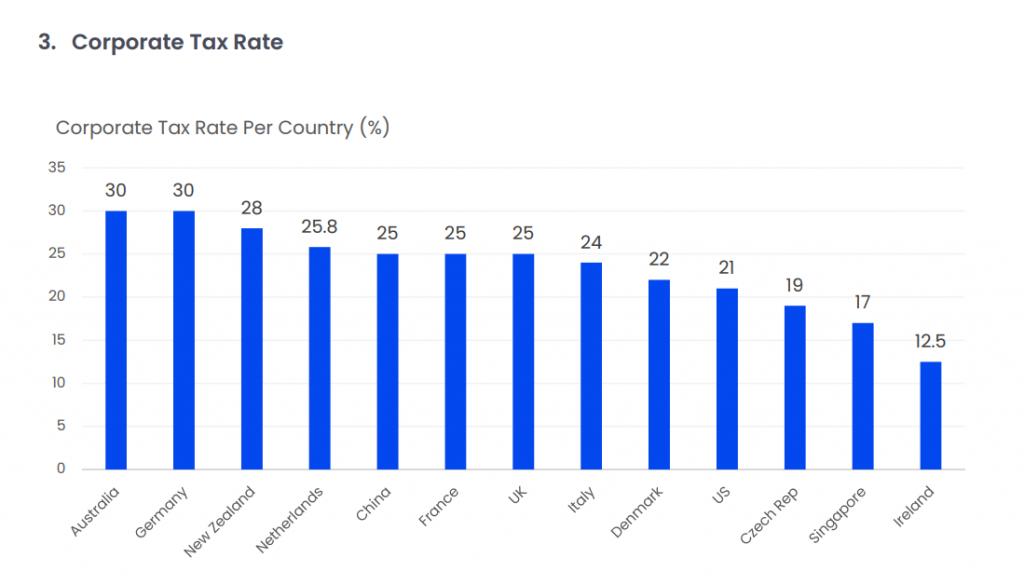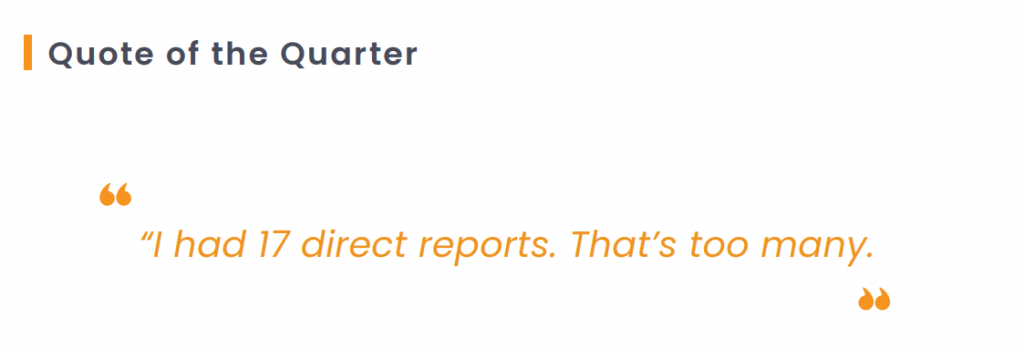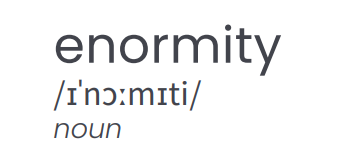Introduction
Job interviews are pivotal moments in one’s career, and one question that often leaves candidates perplexed is, “Tell Me About a Time When You Disagreed with Your Boss.” In this comprehensive guide, we will explore various strategies, practical advice, and invaluable tips to help you confidently address this complex interview question.

Developing an Effective Response
Creating an impactful and convincing response to this question is crucial. It not only demonstrates your professionalism but also showcases your ability to handle workplace challenges adeptly.
The Power of Preparation
Effective preparation is the foundation of your response. Before your interview, take time to reflect on a specific situation in which you disagreed with your boss, and the ultimate outcome was positive. This will serve as the cornerstone of your response, so choose your example carefully.
Structuring Your Response
To ensure a well-organized and impactful response, follow the STAR method—a widely accepted approach for structuring responses to behavioral questions. This method breaks down your response into key components:
- Situation: Start by providing a brief description of the scenario that led to the disagreement with your boss.
- Task: Explain your role and responsibilities in that situation.
- Action: Describe the specific actions you took to address the disagreement professionally.
- Result: Highlight the positive outcome or the valuable lessons you learned from the experience.
Honesty Is Key
When crafting your response, honesty and authenticity are non-negotiable. Avoid exaggerations, negative comments about your boss, or attempts to shift blame. Focus on your actions, your behavior, and how you contributed constructively to the resolution of the disagreement.

Showcase Soft Skills
This is your opportunity to showcase your soft skills, a valuable asset in any workplace. Effective communication, problem-solving, and teamwork are skills that employers highly value. Highlight how you managed the situation professionally, even when faced with a difference of opinion.
Real-life Examples
Real-life experiences offer invaluable insights into handling this challenging interview question. Here are three stories of professionals who expertly navigated such situations.
Sarah’s Success Story
Sarah, a seasoned marketing manager, once encountered a scenario where she disagreed with her boss regarding a crucial campaign strategy. Instead of being confrontational, she proactively proposed an alternative approach and provided a clear explanation of its potential benefits. Her boss, recognizing her expertise, agreed to implement her strategy. The campaign’s resounding success validated her perspective, showcasing her ability to handle disagreements constructively.
John’s Journey
John, an experienced project manager, found himself in a situation where he disagreed with his boss’s proposed timeline for a critical project. Instead of passively accepting the timeline, John respectfully expressed his concerns and suggested a more realistic schedule. His well-reasoned input was ultimately accepted, leading to smoother project execution. This story underscores the importance of respectful communication in handling disagreements with superiors.
Emma’s Encounter
Emma, a highly proficient software engineer, had a disagreement with her boss over a coding approach. Despite the tension, Emma maintained a calm and professional demeanor as she discussed her perspective and presented a compelling case for her method. Her boss appreciated her input, and together, they arrived at a collaborative solution that not only enhanced the project’s success but also strengthened their working relationship. This example highlights the significance of diplomacy and problem-solving in such situations.
Michael’s Masterclass
Michael, a seasoned sales manager, faced a scenario where he disagreed with his boss’s decision to reduce the budget for a crucial marketing campaign. Instead of outright opposition, Michael gathered data to support his case and presented it to his boss in a clear and persuasive manner. His boss was convinced by the evidence and agreed to allocate the necessary funds, resulting in a highly successful campaign. Michael’s story emphasizes the power of data-driven decision-making in disagreements.

Jennifer’s Diplomatic Approach
Jennifer, a skilled project coordinator, encountered a situation where she disagreed with her boss about team assignments. Instead of directly opposing her boss’s decision, Jennifer initiated a respectful conversation and presented her perspective, emphasizing the team’s strengths and weaknesses. Her boss appreciated her approach and agreed to reconsider the assignments, resulting in a more balanced and efficient team. Jennifer’s example demonstrates the importance of diplomacy and teamwork in handling disagreements.
Robert’s Experience
Robert, a seasoned software developer, once found himself at odds with his boss regarding a major project’s technical approach. Robert meticulously documented his proposed approach, conducted a feasibility study, and presented his findings to his boss. His boss, impressed by Robert’s thoroughness, agreed to implement his method, resulting in a successful project. Robert’s story underscores the significance of research and preparation in addressing disagreements.
Exploring Various Scenarios
To provide you with a comprehensive understanding of handling disagreements with your boss, we will delve into various scenarios and offer insights and advice for each.
Disagreement on Project Direction
Imagine a scenario where you disagreed with your boss about the direction of a project. Describe the situation, your role in the project, the actions you took to address the disagreement, and the ultimate result.
In this scenario, Sarah’s experience is relevant. She navigated a disagreement about a project’s direction by proposing an alternative approach.
Differing on Resource Allocation
Consider a situation where you disagreed with your boss regarding how resources were allocated for a project. Explain your role in the project, the steps you took to address the disagreement professionally, and the outcome.
In this context, Michael’s masterclass comes to the forefront. His data-driven approach in a resource allocation disagreement provides valuable insights.

Conflicting Approaches to Problem Solving
Describe a scenario where you and your boss had differing approaches to problem-solving. Provide insights into your actions, your communication skills, and how the situation was resolved.
Jennifer’s diplomatic approach serves as an excellent example in this scenario. Her ability to navigate a problem-solving disagreement diplomatically is worth exploring.
Handling Disagreements with Diplomacy
Elaborate on a time when you successfully navigated a disagreement with your boss while maintaining professionalism and diplomacy. Highlight the key steps you took to reach a resolution that preserved your working relationship.
Jennifer’s diplomatic approach, as previously mentioned, is an exemplary case of handling disagreements with diplomacy.
Balancing Assertiveness and Respect
Share a scenario in which you balance assertiveness with respect when disagreeing with your boss. Explain how you managed the situation while preserving a positive working relationship and ultimately finding a solution.
Emma’s encounter is a suitable example for this scenario. Her ability to balance assertiveness with respect in a coding disagreement showcases her professionalism.
Ethical Dilemmas and Disagreements
Narrate an instance where you encountered an ethical dilemma and had to disagree with your boss. Walk through your actions and the decision-making process, emphasizing the ethical considerations involved in your response.
Robert’s experience of addressing a technical disagreement with his boss over an ethical dilemma provides insights into this scenario.
Disagreements with Superiors: A Learning Opportunity
Explore the valuable lessons you’ve learned from disagreements with your superiors. Share personal growth and insights gained from such experiences, highlighting how each situation contributed to your professional development.
All the mentioned scenarios, including Michael’s, Jennifer’s, Emma’s, and Robert’s, offer significant lessons and insights that contributed to their professional growth.
These scenarios offer practical examples of how to apply the principles and strategies discussed earlier, helping you understand the nuances of handling disagreements with your boss effectively.
FAQs

Understanding the Interview Q&A: Tell Me About A Time When You Disagreed With Your Boss involves addressing various questions and concerns. Let’s explore some of the common queries candidates have:
Q: How can I prepare for the “Tell Me About A Time When You Disagreed With Your Boss” question?
Ans: Effective preparation involves recalling a specific instance where you disagreed with your boss, and the outcome was positive. Structure your response using the STAR method, emphasizing your role in resolving the disagreement professionally.
Q: Is it essential to have a positive outcome in my response?
Ans: While a positive outcome is desirable, the focus should be on how you handled the disagreement professionally and constructively. Highlight your actions and your contribution to the resolution, even if the ultimate outcome was not entirely positive.
Q: Should I mention negative aspects of my boss in my response?
Ans: It is advisable to avoid negative comments about your boss. Concentrate on your actions, communication skills, and problem-solving abilities in your response.
Q: How can I showcase my soft skills in my response?
Ans: Emphasize your soft skills by describing how you managed the situation effectively, communicated respectfully, and contributed to finding a solution. Employers highly value skills such as effective communication, problem-solving, teamwork, and adaptability.
Q: Is it acceptable to use a past disagreement from a previous job in my response?
Ans: Yes, you can use a relevant example from a previous job as long as it demonstrates your ability to handle disagreements professionally. Ensure that the example is recent and applicable to the position you’re interviewing for.
Q: What if I can’t recall a specific instance of disagreeing with your boss?
Ans: If you cannot recall a specific example, you can create a hypothetical scenario that showcases your professionalism and problem-solving skills.
Q: How can I maintain a positive working relationship with my boss after a disagreement?
Ans: Maintaining a positive working relationship after a disagreement involves open communication, respect, and a focus on shared goals. Learn from the experience and use it to strengthen your professional relationship.
Q: What are the key soft skills employers look for when evaluating responses to this question?
Ans: Employers typically seek soft skills such as effective communication, problem-solving, diplomacy, teamwork, and adaptability when evaluating responses to this question.
Q: Is it possible to disagree with your boss while maintaining professionalism and respect?
Ans: Yes, it is entirely possible to disagree with your boss while preserving professionalism and respect. It’s a valuable skill that demonstrates your ability to contribute positively to the workplace.
Q: What is the significance of balancing assertiveness with respect in disagreements with superiors?
Ans: Balancing assertiveness with respect is crucial in maintaining a positive working relationship with your superiors. It ensures that your input is valued while also preserving a respectful and professional atmosphere.
Q: How can I use data and evidence to support my disagreement with my boss?
Ans: Using data and evidence to support your disagreement involves gathering relevant information, conducting research, and presenting your case clearly and persuasively. Employers appreciate a data-driven approach to disagreements.
Conclusion
Successfully answering the Interview Q&A: Tell Me About A Time When You Disagreed With Your Boss requires thorough preparation, professionalism, and the ability to showcase your soft skills. Honesty, diplomacy, and a focus on your contributions to a positive resolution are key elements of a winning response. With real-life examples, detailed scenarios, and expert insights, this comprehensive guide equips you to excel in your job interviews and impress potential employers. You now have an arsenal of information and strategies to navigate this challenging interview question with confidence and expertise.

































